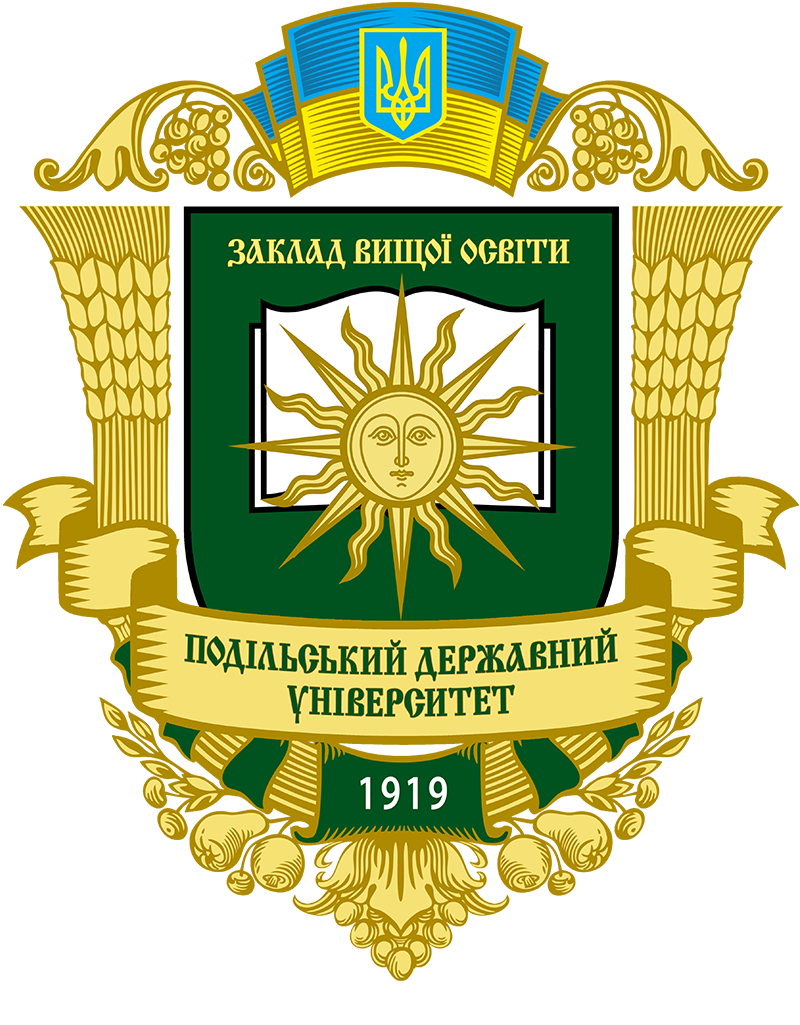INFLUENCE OF TRADITIONS ON MANIFESTATIONS OF GENDER-BASED VIOLENCE AGAINST WOMEN: HISTORY AND PRESENT
DOI:
https://doi.org/10.37406/2521-6449/2024-1-11Keywords:
traditions, gender-based violence, women’s rightsAbstract
The article examines the historical conditioning and current state of the influence of traditions on manifestations of genderbased violence against women. It is noted that the influence of traditions on the regulation of social relations often leads to the development of such a negative social phenomenon as gender-based violence, which is explained by gender differences between men and women and is committed against a woman’s will and causes her physical, sexual or moral harm in public or private . It has been determined that this type of violence is deeply rooted in cultural and social structures, norms and values, reinforced by the culture of denial and silence and formed stereotypes regarding gender roles. It is summarized that certain types of gender-based violence include “honor killings”, selective abortions, female circumcision, stoning, non-traditional childbirth practices, dousing with acid, etc. It was determined that the consequences of the application of such traditions are violations of women’s rights, deepening of the cycle of violence, gender imbalance, demographic problems, changes in the socio-cultural landscape, serious consequences for women’s reproductive health, fatalities, social stigmatization of women, etc. It has been established that, for example, adat (customary law), which is widely used in the patriarchal society of ethnic Muslim peoples, allows the existence of such gender-based violence as “honor killing” along with Sharia norms.It was revealed that the concept of “honor killing” is understood as the killing of a woman by representatives of her family and/or community for actions that are taboo in traditions, culture and religious norms, in particular, for adultery, the intention to marry against the will of the family or refusal of an arranged marriage, premarital sex, rape, defamation, inappropriate clothing, bright makeup, behavior that is perceived as an expression of disobedience, a woman’s desire for a divorce. It was noted that the historical practice of applying the tradition of “honor killing” violates not only a woman’s right to life, but also the right to personal integrity, freedom, self-expression, and sexual behavior.
References
Желтуха М. Гендерно-обумовлене насильство vs насильство щодо жінок: у чому відмінність? ЮРФЕМ.ua. Асоціація жінок-юристок України. URL: https://jurfem.com.ua/genderno-zumovlene-nasylstvo-vs-nasylstvo-shchodo-zhinok-u-chomu-vidminnist/ (дата звернення 06.01.23).
Арістова А. В. Адат. Велика українська енциклопедія. URL: https://vue.gov.ua/Адат (дата звернення 14.12.23).
Чому фемінізм потрібен не тільки жінкам? TEDxKyiv. URL: https://tedxkyiv.com/magazine/why-feminism-is-not-justfor-women (дата звернення 10.12.23).
Вбиті своїми сім’ями. Правозахисники заявили про «вбивства честі» на Північному Кавказі, влада їх заперечує. New Voics. URL: https://nv.ua/ukr/world/countries/vbiti-svojimi-simjami-pravozakhisniki-zajavili-pro-vbivstva-chesti-napivnichnomu-kavkazi-vladi-jikh-zaperechujut-2512045.html (дата звернення 15.10.23).
В ОАЕ заборонили вбивати жінок і дозволили пити алкоголь і жити разом до весілля. Depo.ua. Тільки Україні URL: https://www.depo.ua/ukr/svit/v-oae-zaboronili-vbivati-zhinok-i-dozvolili-piti-alkogol-i-zhiti-razom-do-vesillya-202011091242069 (дата звернення 16.12.23).
Гавловська А.О. «Вбивство честі» як форма гендерно-мотивованого кримінального правопорушення. Стратегічні пріоритети розвитку економіки, менеджменту, сфери обслуговування та права в умовах інтеграційних процесів : збірник матеріалів міжнародної науково-практичної конференції. Херсон, 03-04 листопада 2022. С. 353–357.








